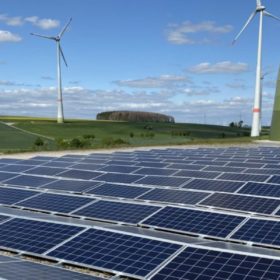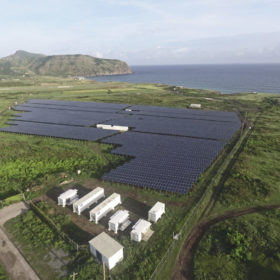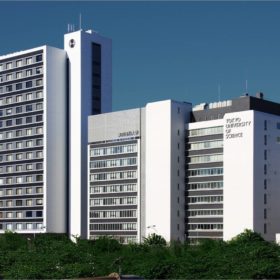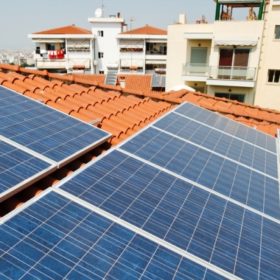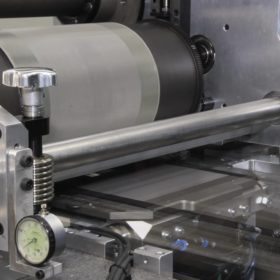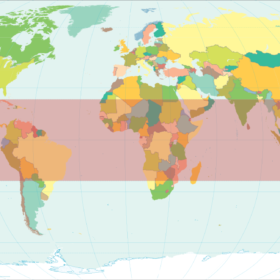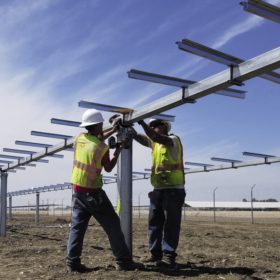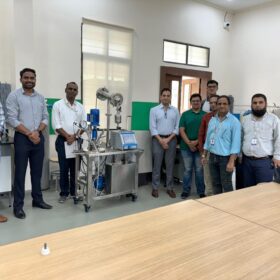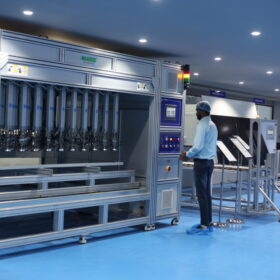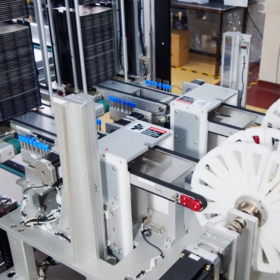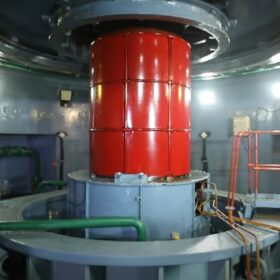New mounting system to integrate small PV into wind farms
Switzerland’s Smartvolt has developed a special mounting system that facilitates the quick deployment of small ground-mounted PV systems at the base of wind turbines.
JinkoSolar announces 23.01% efficiency for n-type monocrystalline panel
The PV module relies on Jinko’s TOPCon mono cell technology, for which a record efficiency of 24.9% was announced last week. TÜV Rheinland has confirmed the result.
New method to build microgrids based on solar, hydrogen
The use of polymer electrolyte membrane fuel cells as backup power generation in solar microgrids could drive down costs and improve efficiency, according to an international group of researchers. They have proposed a new energy management system that could be ideal for hybrid solar-hydrogen microgrids in remote locations.
Hard carbon for a high-energy sodium battery
Scientists in Japan demonstrated a hard-carbon electrode that can greatly increase the capacity of a sodium-ion battery. With further work on the long-term performance, the discovery could make sodium-ion batteries better able to compete on energy density with their lithium-ion counterparts.
JinkoSolar claims 24.9% efficiency for n-type monocrystalline cell
The result was confirmed by Germany’s Institute for Solar Energy Research (ISFH).
Batteries and hydrogen to make residential off-grid PV technically feasible
Researchers in Finland have demonstrated the technical feasibility of an off-grid residential PV system combined with short-term battery storage and seasonal hydrogen storage. The proposed model is applicable only to northern climates, as higher levels of solar radiation in southern locations would mean a reduced need for seasonal storage. It was tested in an existing single-family house in Finland with a 21 kW rooftop array and a ground source 6 kW heat pump.
The long read: Rotary printing rocks!
Cell metallization is getting a makeover. Some ‘rocking’ research projects spearheaded by Fraunhofer ISE are now set to introduce new printing methods that could deliver more than a doubling of throughput. There are hurdles to overcome across various process steps and on a materials basis, but initial results appear encouraging.
NTPC invites proposals for solarization projects in ISA member countries
The selected applicants are required to execute projects across categories like solar-powered cold storage, solar water pumps, solar-powered reverse-osmosis water systems and off-grid solar systems for primary health care centers on a turnkey basis. The work includes engineering, supply, erection, commissioning along with maintenance support for three years.
The long read: Disrupting developments
The current developer-EPC model has increasingly turned to focus on quality over a two-year horizon. This contrasts with long-term owners who are focused on quality over the lifetime of their projects (20 to 40 years). With long-term owners now buying projects in the pre-construction phase, the current model looks set for disruption. Olivier Crepon, managing director at Skyray Engineering, reviews the emerging model of project development and explains how it will impact developers, EPCs, and third-party services and ultimately lead to a stronger, more mature PV sector.
Panasonic launches module series compatible with its Evervolt battery
Available in four different products, the series features a conversion efficiency of 20-21.2%. Two of the panels are packaged in a sleek, all-black aesthetic.
